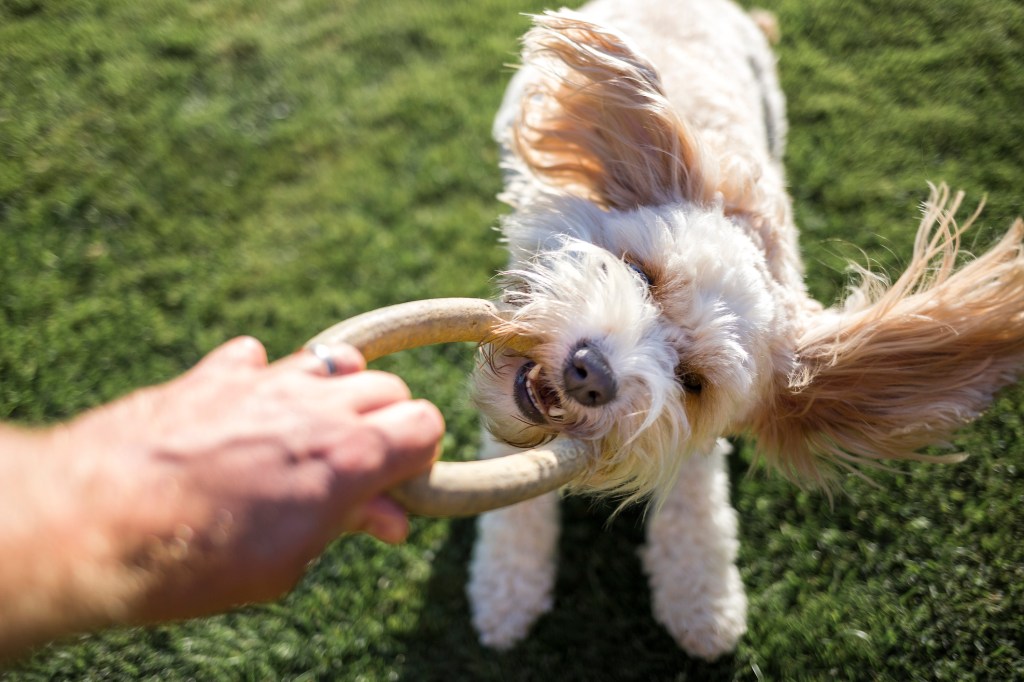Different dog breeds have varying exercise needs, and understanding these requirements is crucial for ensuring a happy and healthy canine companion. Some breeds are content with a leisurely evening stroll around the block, while others demand daily, vigorous exercise routines, particularly those originally bred for physically demanding tasks like herding or hunting. Without sufficient physical activity, these high-energy breeds may face issues such as weight gain and express their pent-up energy in undesirable behaviors like excessive barking, chewing, and digging.
We often think of exercise only as a health issue, but it has significant day-to-day effects on a dog’s behavior as well. Dogs — particularly puppies and young dogs — have a lot of energy, and if they don’t get the chance to burn it off, destructive behavior is often the result. If you’re annoyed at your dog’s digging, have headaches from barking, and need to replace pillows shredded into expensive fluff, your dog is probably not getting enough exercise.
How much exercise does my dog need?

Generally speaking, a leashed walk around the block isn’t going to cut it. Most dogs need 30 to 60 minutes of physical activity a day. Your canine pal needs enough that they’re slowed down by the time you stop.
Some general guidelines for getting your dog enough exercise:
- Active breeds need a minimum of 30 minutes of hard aerobic exercise most days of the week, preferably daily.
- Not all toy or small breeds get enough exercise inside the house, contrary to popular belief. Pugs, for example, are prone to obesity and need much more activity than they usually get.
- It’s not safe to go out in extremely hot or cold weather. During such periods, stay inside and teach tricks to engage your dog’s mind, throw toys, or run up and down the stairs together.
- Good exercise uses both mental and physical muscles. Exploring a new hiking trail, for example, engages your dog’s mind as well as their body.
- Live by the philosophy that a tired dog is a good dog.




















